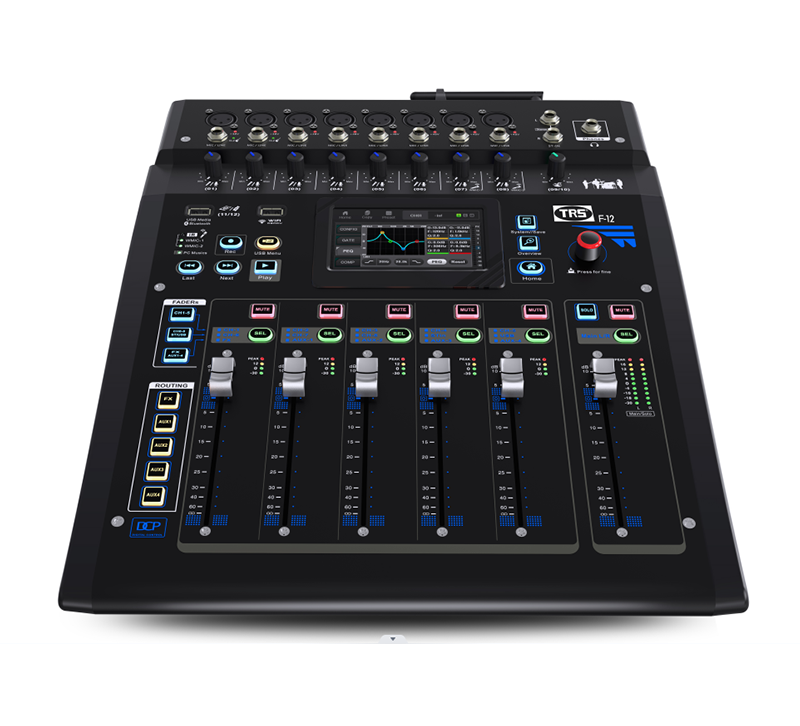In the world of audio production, the mixer is like a magical sound control center, playing an irreplaceable key role. It is not only a platform for gathering and adjusting sound, but also the source of audio art creation.
Firstly, the mixing console is the guardian and shaper of audio signals. In the hands of audio engineers, the mixer is like a magic wand, which can precisely control the audio signal. Through it, various parameters such as volume, timbre, balance, and reverberation can be finely adjusted to achieve the best audio effect.
Secondly, the mixing console is an artistic tool for creating and blending sound. It allows mixers to blend sounds from different audio sources together, creating a delicate and balanced sound scene. This is an essential creative tool for artists to shape music, movies, television programs, and radio works.
The mixing console is also a connector for a variety of audio devices. Whether it’s microphones, instruments, effects, or other audio devices, the mixing console can connect them together and allow them to be processed and adjusted on the same platform. This centralized control and management greatly improves the efficiency and quality of audio production.
In addition, the mixer is also a platform for real-time monitoring and adjustment. During the audio production process, audio engineers are able to monitor the status of audio signals in real time and make timely adjustments to ensure that the final output sound achieves the expected effect.
The mixing console plays a crucial role in the audio field. It is the hub and processing center of audio signals, with the following importance:
1. Signal processing and control: The mixing console is used to manage and control audio signals, including adjusting volume, balance, reverberation, delay, etc. Through the mixing console, audio engineers can precisely control and adjust various audio channels, ensuring that sound quality and mixing effects meet expectations.
2. Mixing and creative control: The mixing console allows mixers to mix multiple audio sources together to create balanced and high-quality audio output. A mixer can finely adjust the sound through the control panel on the mixing console to achieve the desired audio effects and sound space.
3. Connecting various audio devices: The mixing console can connect various audio devices, such as microphones, instruments, players, effects, etc., allowing them to be processed and adjusted on a centralized platform.
4. Real time monitoring: Through the mixing console, audio engineers can monitor the status and effectiveness of audio signals in real time. They can make adjustments during the mixing process to ensure that the final output sound quality reaches the optimal state.
5. Professional audio production: In music recording studios, television stations, radio stations, and concert venues, the mixing station is an essential tool to ensure the professionalism and quality of audio production.
In short, the mixer is the central nervous system of audio production, playing a crucial role in the audio field. It is the core of audio processing and control, and is crucial for creating high-quality audio output. It is also an explorer of the source of sound. It is not just a device, but also the cornerstone of audio art creation, shaping the colorful world of our auditory senses. In recording studios, studios and live performances, mixing stations
F-12 12 Channels Digital Mixer for conference hall
Post time: Dec-08-2023

